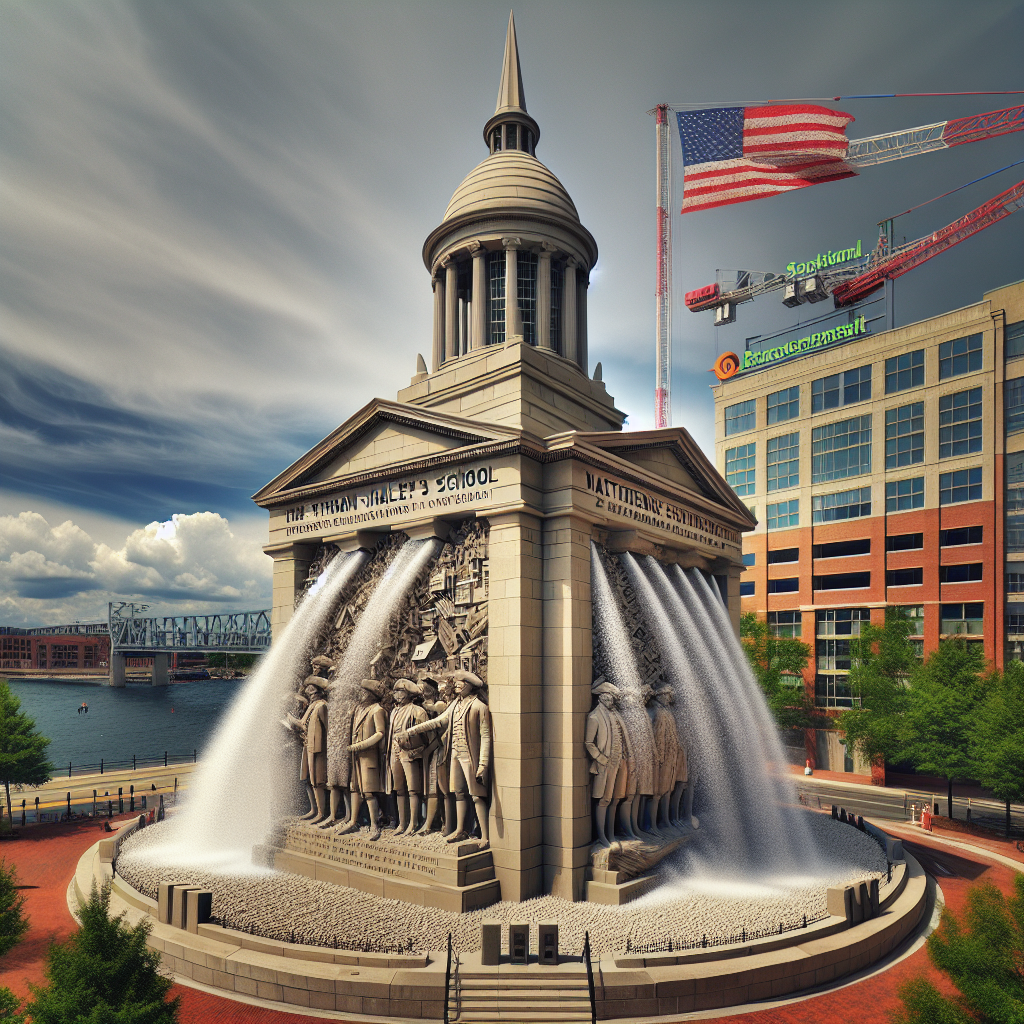If you're ever meandering through the lush, rolling landscapes of East Haddam, Connecticut, you might stumble upon a small building that holds stories as grand as any towering monument. This modest structure is the Nathan Hale Schoolhouse, a symbol not only of history but also of the enduring spirit of education. Built around 1750 and situated in this charming town, it is where Nathan Hale, the revered American patriot, once imparted knowledge to eager young minds between 1773 and 1774. While it's just a small, one-room schoolhouse now preserved as a museum, it represents the larger narrative of education's evolution and America's past struggles for independence.
Nathan Hale, famously remembered for his alleged last words, "I only regret that I have but one life to lose for my country," is a figure intertwined with American ideals of bravery and sacrifice. Born in 1755 in Coventry, Connecticut, Hale graduated from Yale College and became a schoolteacher. His time in East Haddam is just a snippet of his brief, impactful life. Besides being an educational setting, this schoolhouse serves as a monument to a man who once dreamed of seeing freedom flourish.
The schoolhouse’s rustic charm invites visitors to step back in time. Its wide plank floors and massive hearth give a sense of stepping into a traditional classroom where children learned reading, arithmetic, and penmanship. These were skills deemed vital for participatory citizenship, reflecting the period's aspirations for enlightened, informed individuals ready to build a new nation.
Walking through its simple wooden door, you're not just confronted with history but with the concept of education as a revolutionary act. During the 18th century, education was a privilege reserved for a few, primarily wealthy white males. The Nathan Hale Schoolhouse is a reminder of where we've come from and how far we still have to go in the fight for educational equity. Many argue that while formal education has expanded, the system remains skewed by socio-economic status. Recognizing this reality encourages us to fight for a more inclusive, equitable educational system.
Yet, stepping into a space historically exclusive offers perspective. We see how much has transformed. Education is now a right for all in America, thanks to centuries of struggle and advocacy. But skeptics argue that simply opening doors without restructuring the whole house does little to change the inherent imbalances. The fight for access is deeply rooted in historical challenges. Comprehensive reforms are needed to address the systemic issues that obstruct true equality.
Spending an afternoon at the Nathan Hale Schoolhouse sparks introspection on these issues. It forces us to contemplate the kind of education that Hale would desire for our society, one that he might have considered worth sacrificing for. The question that lingers is whether our current system reflects those principles of equal opportunity and access to knowledge for everyone.
For Gen Z, this becomes especially important. As the most diverse generation, they face unique challenges in navigating and confronting systemic biases in education and elsewhere. They are both the inheritors of our forebears' struggles and the architects of our future. The same spirit of change and progress that created the United States can drive future reforms. Gen Z, armed with modern tools like social media, has a platform Hale could never have imagined, amplifying their voices in ways both powerful and revolutionary.
Historically, figures like Nathan Hale put their lives on the line for causes deemed larger than themselves—like freedom and justice. Today, the struggles of educational inequality are major social justice issues rightfully demanding attention. This demands empathy for diverse perspectives, understanding that while some progress has been made, there is still tangible work to be undertaken.
The Nathan Hale Schoolhouse stands quietly, an emblem of the yeoman's quest for knowledge, echoing both past and present reverberations for change. As visitors explore this historic site, they're encouraged to think critically about how they can contribute to shaping an equally accessible future of learning. The aspiration to keep pushing boundaries for a better educational system is hopefully as strong as the walls of this quaint building, resilient amidst change.

